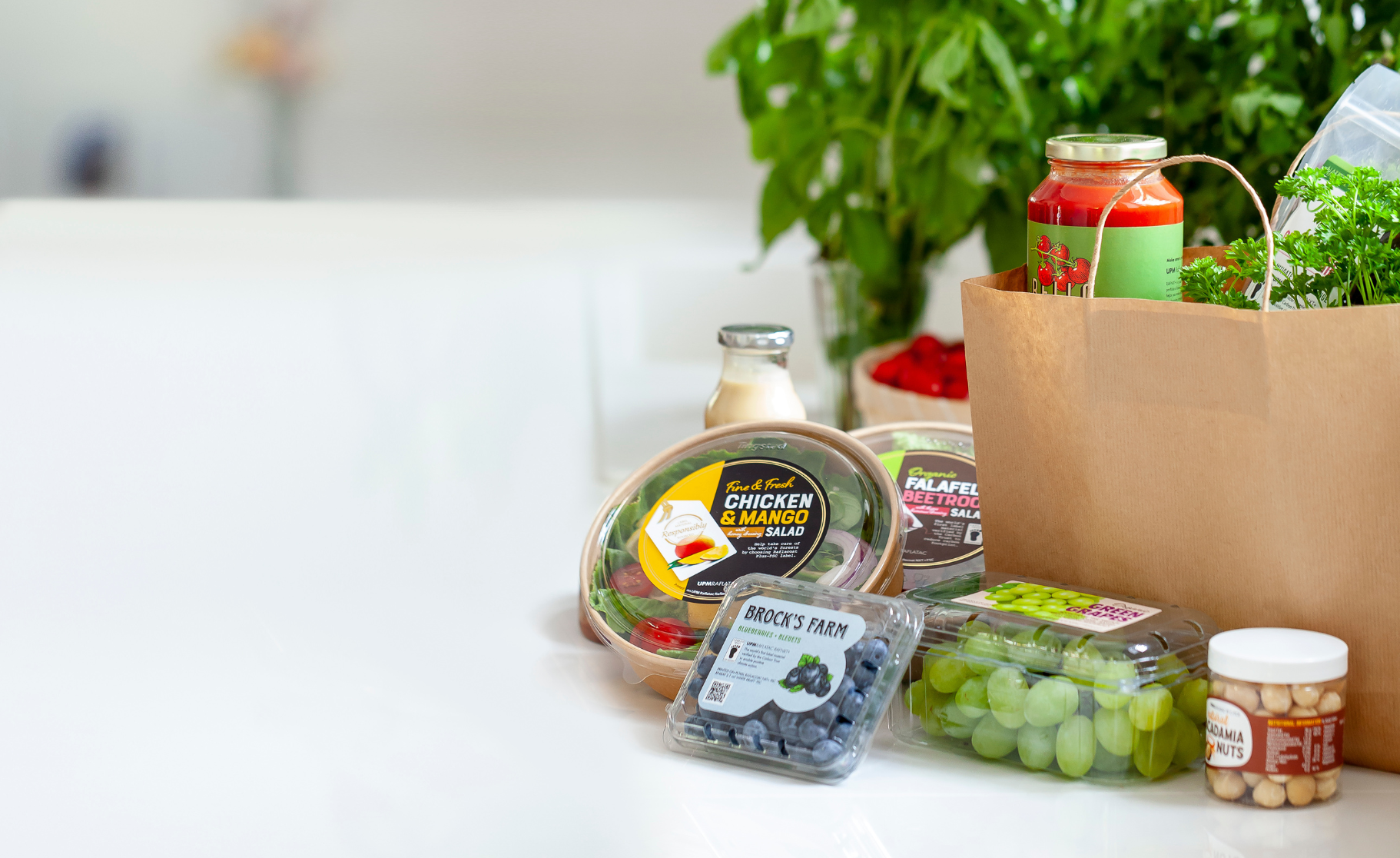
Product carbon footprint label
If you are looking to make more informed purchasing decisions, look for the Carbon Trust label. It verifies that a brand is working to measure and reduce a product’s carbon emissions.
What is the product carbon footprint label?
What is a product carbon footprint?
A life cycle product carbon footprint measures the total greenhouse gas emissions generated by a product, from extraction of raw materials, to end-of-life. It is measured in carbon dioxide equivalents (CO2e).
Product footprints should be associated with a scope or boundary, the most common being:
- Cradle-to-gate: mostly used for business-to-business (B2B) products. This measures the total greenhouse gas emissions from the extraction of raw materials through to product manufacture up to the factory gate.
- Cradle-to-grave: mostly used for business-to-consumer (B2C) products. This measures the total greenhouse gas emissions from the extraction of raw materials through to the product’s manufacture, distribution, use and eventual disposal.
Our label scheme is working towards becoming a recognised Conformity Assessment Scheme (CAS) that can partner with accredited conformity assessment bodies.
Our label portfolio
Consumers and regulators demand more transparency of environmental claims with an increasing expectation of ambition. Our label claims place greater emphasis on reduction, more ambitious requirements and more information about the claim to ensure clarity and transparency. The Carbon Trust label appears on a product or its packaging. It can also appear on company websites and any relevant marketing materials.

Reduction claims:
Carbon emissions reductions achieved
This claim shows that the product’s carbon footprint is reducing year-on-year, and that the company has committed to achieving ongoing footprint reductions with validated reduction plans.
Wherever the label appears on a consumer facing product, this represents a cradle-to-grave footprint.
For more information please see Product carbon footprints Requirements for assurance – Part 2: Claims and labelling, clause 3.2.

Carbon emissions reductions planned
For a first verification the company can claim planned reductions through a carbon management plan.
Wherever the label appears on a consumer facing product, this represents a cradle-to-grave footprint.
For more information please see Product carbon footprints Requirements for assurance – Part 2: Claims and labelling, clause 3.2.

Carbon emissions reductions achieved and additional climate projects funded
Meets requirements for reduction claim, plus a commitment to achieving ongoing reductions with validated reduction plans.
Additional funding of carbon projects in line with our carbon credit guidelines.
For more information please see Product carbon footprints Requirements for assurance – Part 2: Claims and labelling.

Carbon emissions reductions planned and additional climate projects funded
Meets requirements for planned reduction claim, with a carbon management plan.
Additional funding of carbon projects in line with our carbon credit guidelines.
For more information please see Product carbon footprints Requirements for assurance – Part 2: Claims and labelling.

Carbon emissions reductions aligned with Net Zero pathway
This claim shows that the reductions being made are working toward specific targets on a pathway to Net Zero.
Requirements will be the same as reduction claim but with a reduction threshold aligned to the organisation's Net Zero target pathway.
For more information please see Product carbon footprints Requirements for assurance – Part 2: Claims and labelling.

Packaging
This claim shows that the packaging’s carbon footprint is reducing year-on-year, plus a commitment to achieving ongoing reductions with validated reduction plans.
The ‘Packaging Verified CO2e footprint’ label has the same requirements as above, but applied to the boundary of packaging only. For more information please see Product carbon footprints Requirements for assurance – Part 2: Claims and labelling, clause 3.5.
Please note only packaging manufacturers are eligible for this verification scope.

Comparative claims:
Lower footprint compared to other products in brand’s family
This claim shows the life cycle carbon footprint of a product is significantly lower than the life cycle carbon footprint of a similar product in the brand portfolio.
For more information, please see Product carbon footprints Requirements for assurance – Part 2: Claims and labelling, clause 5.3.

Lower footprint compared to the market standard
This claim demonstrates the life cycle carbon footprint of the product is lower than market comparators.
For more information please see Product carbon footprints Requirements for assurance – Part 2: Claims and labelling, clause 5.4.

Other claims:
Verified electricity
This claim shows that an energy product is 100% renewable and has a 0g CO2/kWh emission factor for Scope 2 reporting purposes.
In order to achieve verification, a company must:
- Demonstrate that the product is 100% backed by Renewable Energy Guarantee of Origin (REGO *available in the UK only) certificates.
- Have embedded policies and procedures, which relate to data collection, reporting and tracking, to ensure that the emission factors associated with the verified product are reported in accordance with the GHG Protocol Scope 2 Guidance.
*100% of the electricity supplied is renewable, backed by certificates of renewable energy guarantees of origin. The emission factor conforms with the GHG Protocol Scope 2 guidance and may be used for the 'market-based' method.

Verified CO2e footprint claim
Available for B2B products only.
For more information please see Product carbon footprints Requirements for assurance – Part 2: Claims and labelling, clause 2.7.

We advise that all products carrying a footprint label signpost to additional information through their own communications channels to ensure the highest degree of transparency.
Requirements for assurance:
Part 2: Claims and labelling v3.1
Part 2: Claims and labelling v3.2
View our end-to-end service offering for Net Zero transition planning and delivery
A footprint label is more tangible for the general public than long-term targets and trajectories. A label has the power to bring these issues into people’s every day lives via their shopping basket.
Since September 2023 we no longer offer the carbon neutral claim. You may still see the previous labels on products in the market for some time. In the interest of limiting waste, packaging with a current label will run its course before the new labels are implemented.
Find out more







